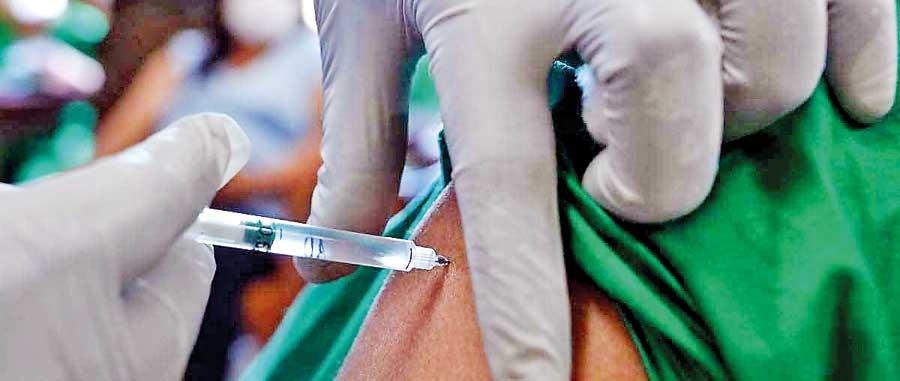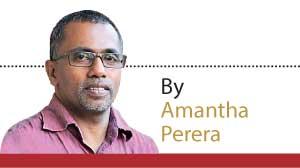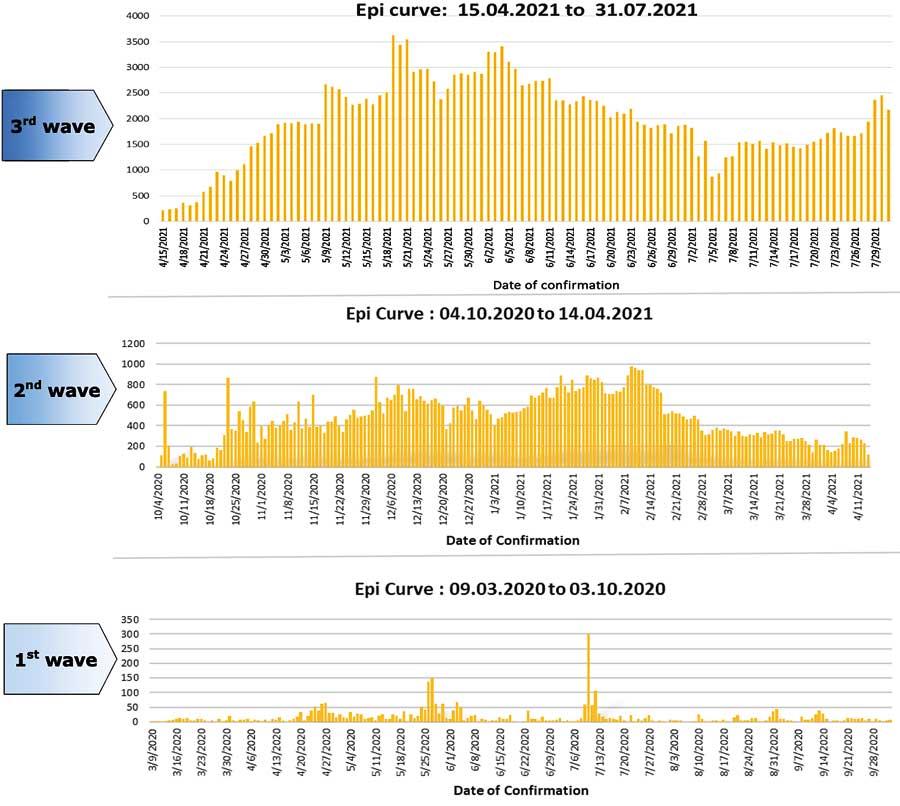11 Aug 2021 - {{hitsCtrl.values.hits}}

Journalism has been oft described as the first draft of history. But what is that first draft? Is it the authentic documentation of events or is it something else? It possibly is the version of history of the note taker.
documentation of events or is it something else? It possibly is the version of history of the note taker.
When the then Sri Lankan government and the Tigers were entering the final acts of a ceasefire sometime in the last quarter of 2004, I found that there was a confrontation between the Navy and Sea Tigers. The incident was kept out of the media, my source was an internal document circulated within government and diplomatic ranks. A week later, the Navy rebuffed the story. Not by way of an official statement, but by the then navy commander speaking to a weekend situation report. The only way I could confirm my story was by revealing the full extent of the documentation I had acquired. For that I had to go to my source who gave me permission to use more details. There were no contradictions or rebuttals thereafter.
My version of history was dramatically different to that of the Navy’s’ which appeared in the situation report. The idea these were the first drafts of history is right. But so is the fact that we are mere note takers unless and until we corroborate and authenticate.
When this incident happened there was no social media.That however did not mean the first draft of history was manipulated even before the first letters were typed. It is much more complicated now.
How will the history of COVID-19 be written? We are in the midst of a global infodemic. In fact the very week the WHO declared COVID-19 as a pandemic in April 2020, it used the word infodemic. We have had to pay dearly for the firehorse of fakes.
"In Sri Lanka, the competing narratives right now appear to be on the massive vaccination drive against that of the rising infections and fatalities. The vaccination drive has been on high gear. According to Oxford University’s Our World in Data platform over 50% of the Sri Lanka’s population has received at least one jab. That in itself is a tremendous job"

Not so long-ago Sri Lanka was caught up the “Dammika Paniya” saga. The miracle remedy that had gone where no medicine had ever before. The media was agog with stories. Now, when the nation is in its third and thus far deadliest wave of the outbreak, there is no time to do a postscript of the paniya saga.
Globally there is an intense battle to wrest control of the COVID-19 story. To be more precise on the story of the origins of the virus, the WHO has said that it wanted to take another crack at determining how we ended up in this mess. Beijing wants none of that.
In Sri Lanka, the competing narratives right now appear to be on the massive vaccination drive against that of the rising infections and fatalities. The vaccination drive has been on high gear. According to Oxford University’s Our World in Data platform over 50% of the Sri Lanka’s population has received at least one jab. That in itself is a tremendous job.
But juxtaposition this with the infections and fatalities and neither are showing signs of flatlining. An obscure data set released every month by the Health Ministry’s Epidemiology Unit said that as of end July case fatality rate had risen to 1.8 during the third wave from 0.64 during the second wave between October 2020 and April 2021 and from 0.38 during an year back in 2020. The rate has been doubling as per this data set.
At least one public health expert, Dr. Suneth Agampodi has said “the high fatality is entirely due to underreporting of cases.” The Epidemiology Unit data set also says that the highest concentration of infections is the populous Western Province.
History’s first draft now could well be data. But for data to make sense we need to place them in context, ask the right questions and corroborate and not be mere note-takers to the powerful.
The writer is a journalism researcher and a writer. He can be contacted on [email protected]

28 Nov 2024 6 hours ago
28 Nov 2024 7 hours ago
28 Nov 2024 8 hours ago
28 Nov 2024 9 hours ago
28 Nov 2024 28 Nov 2024